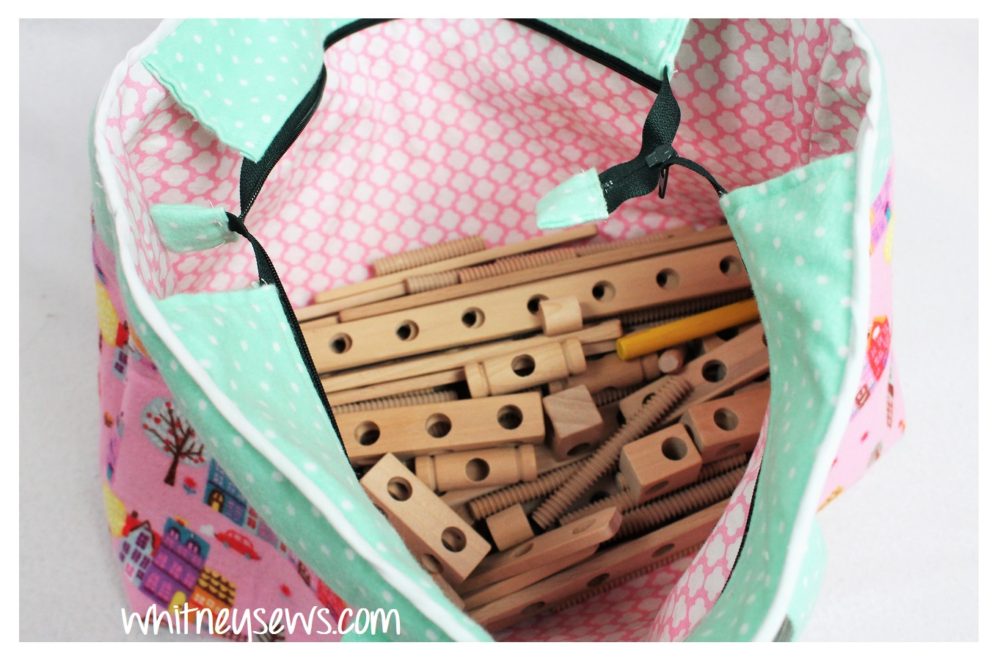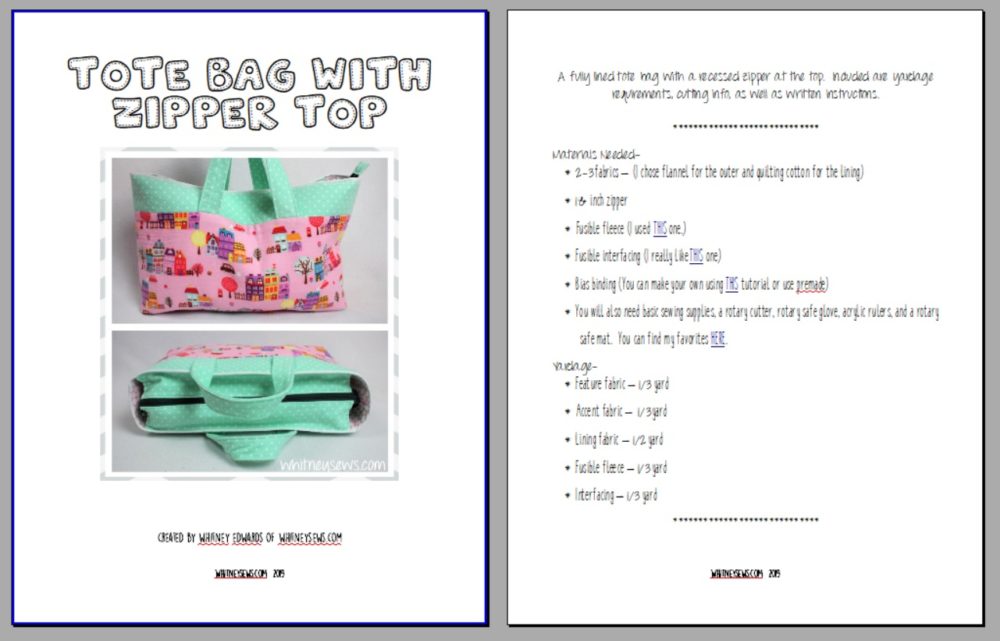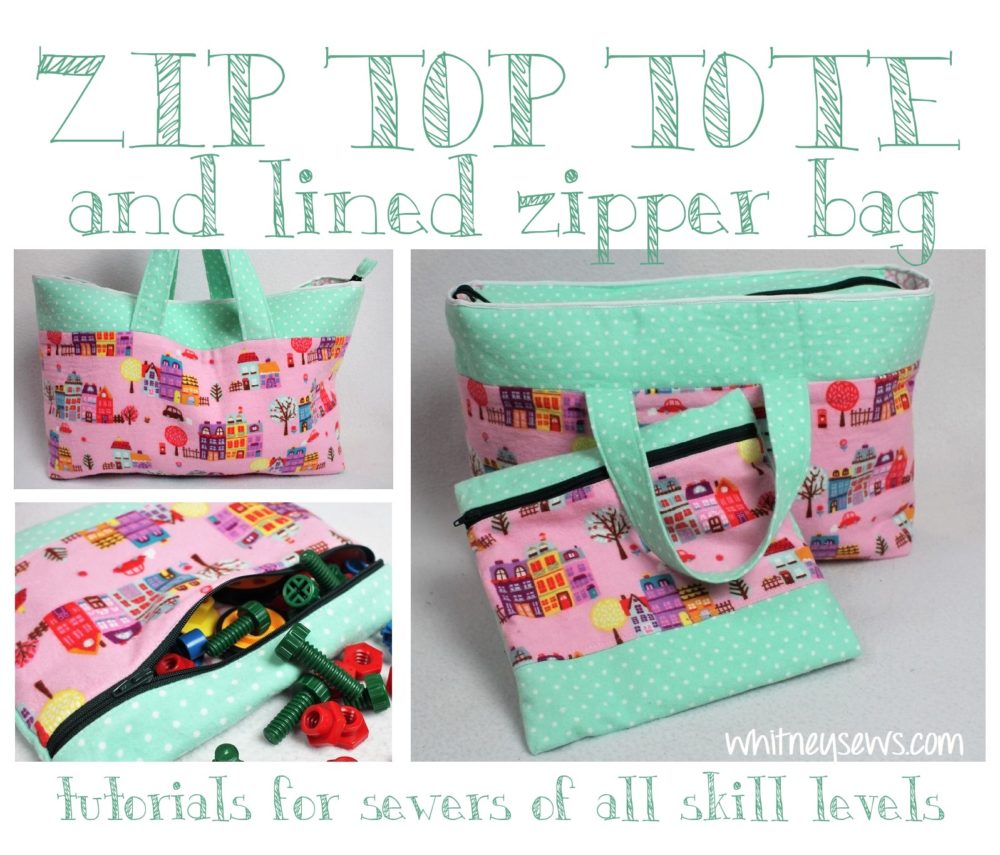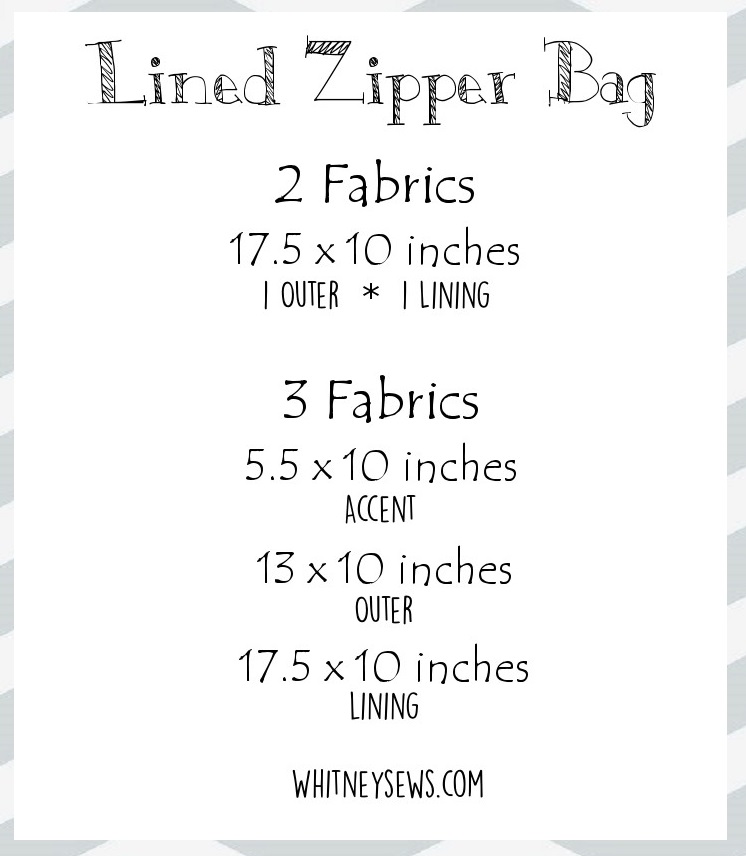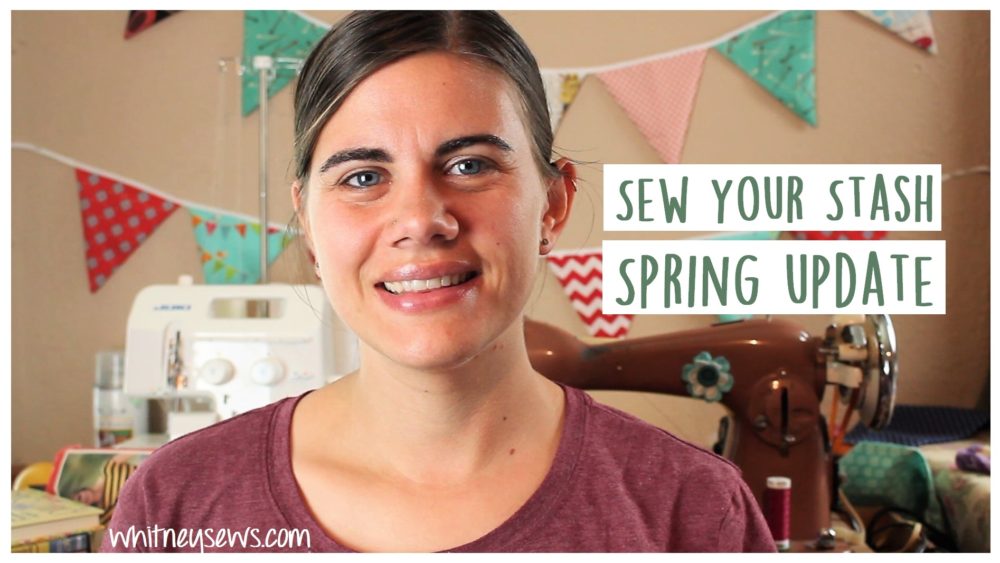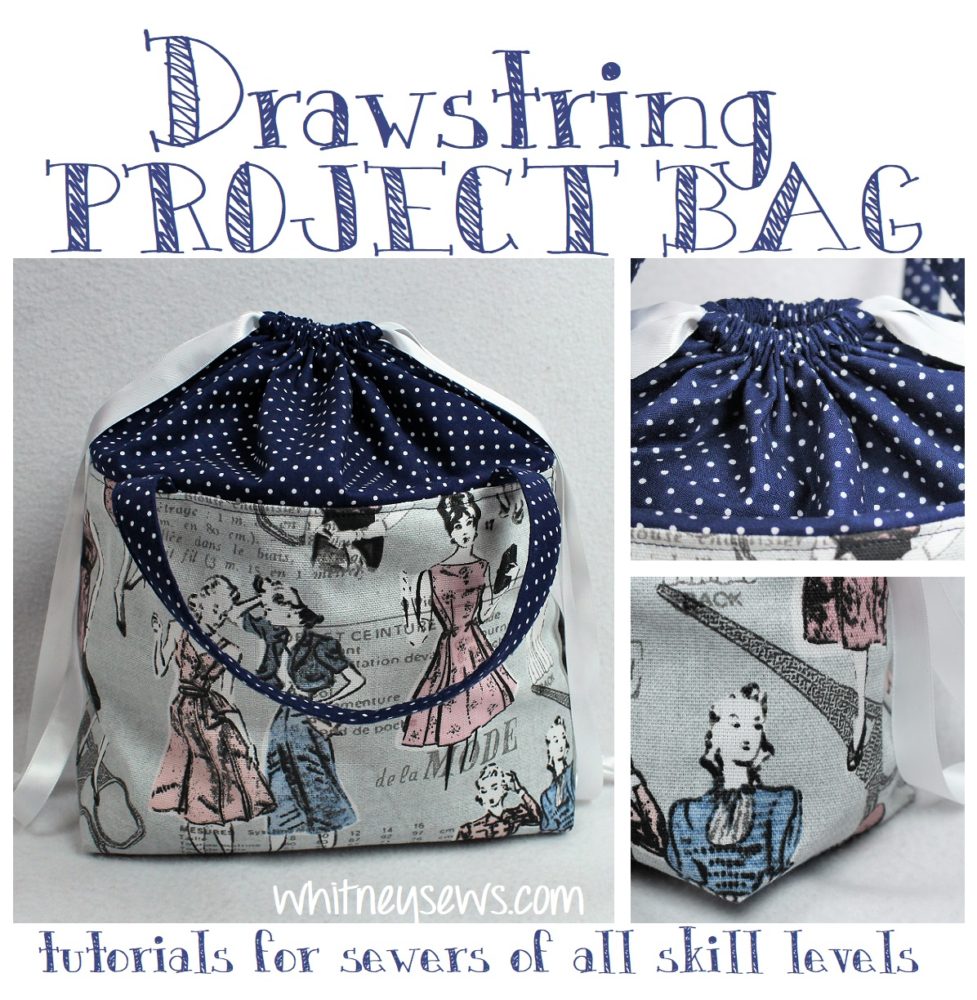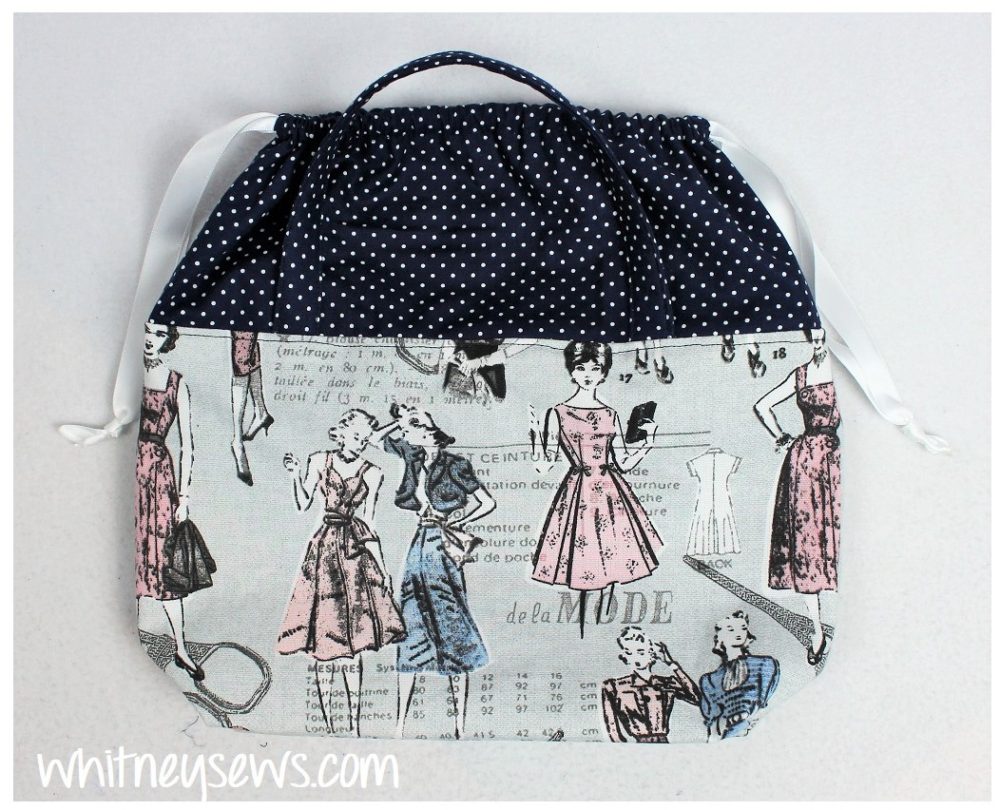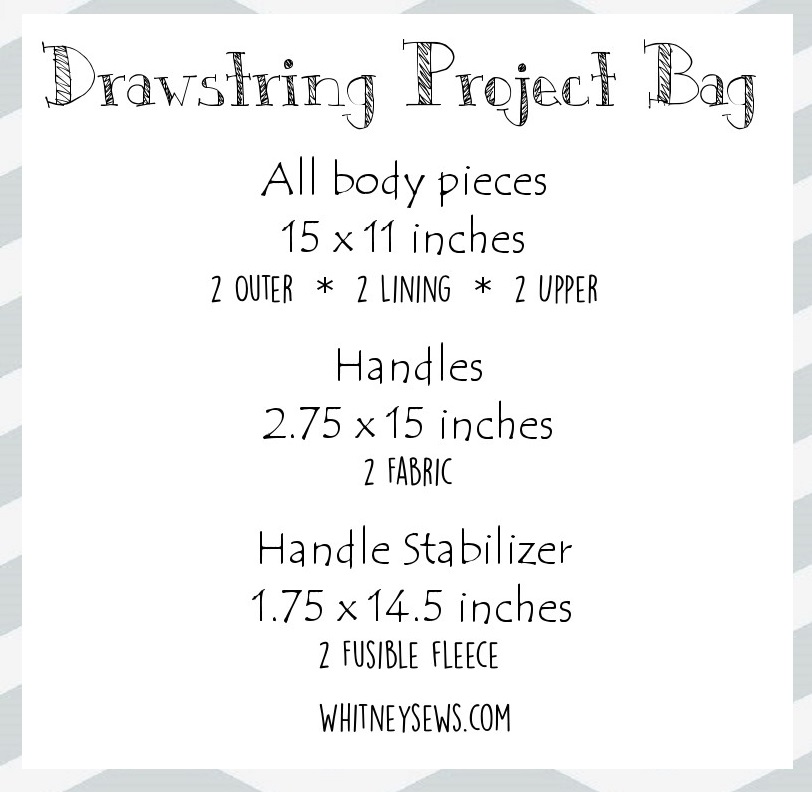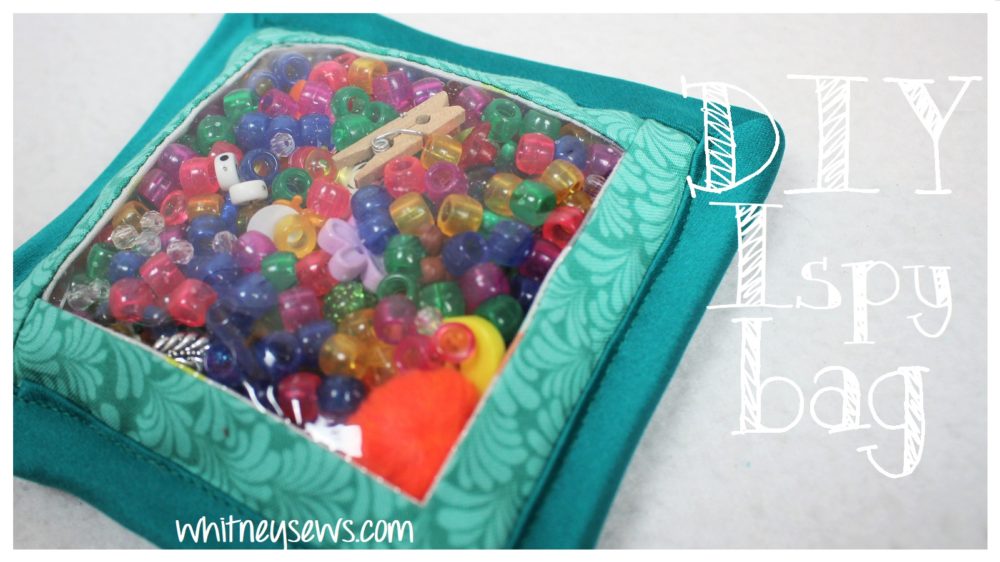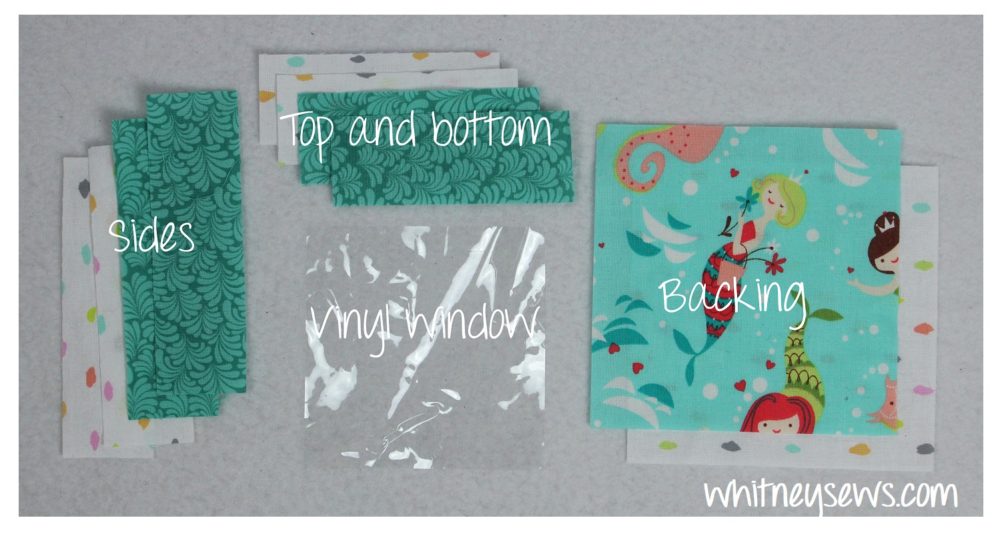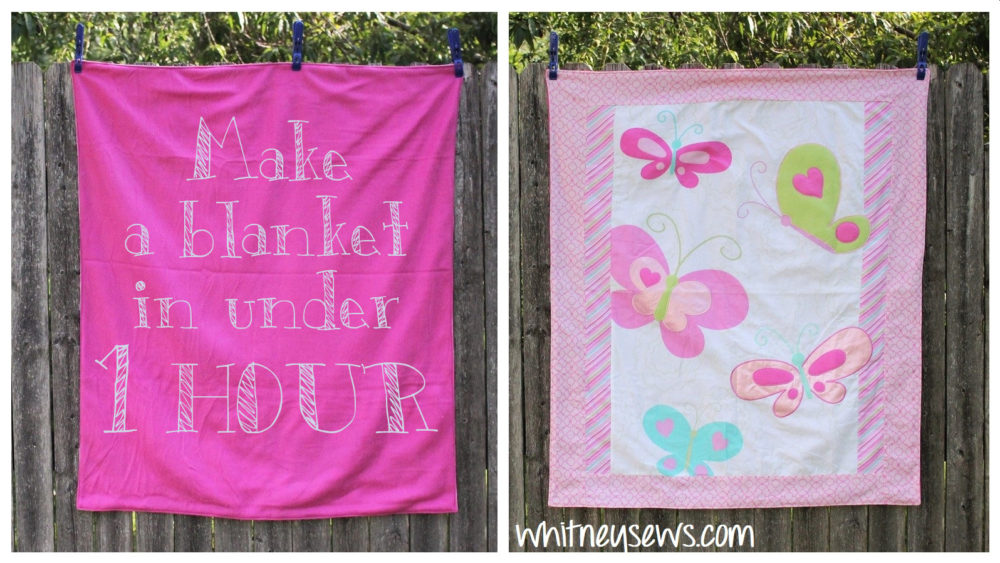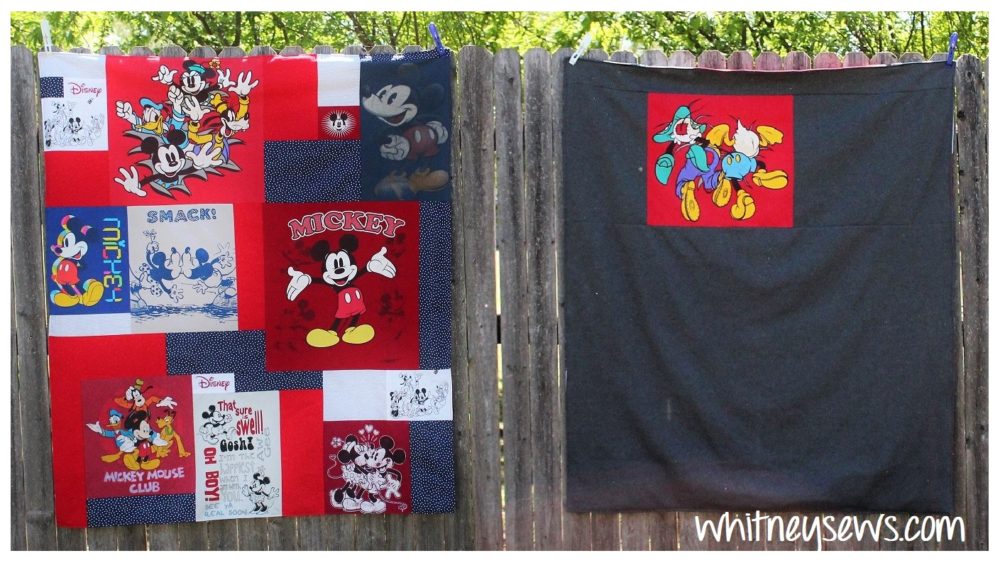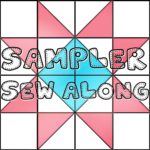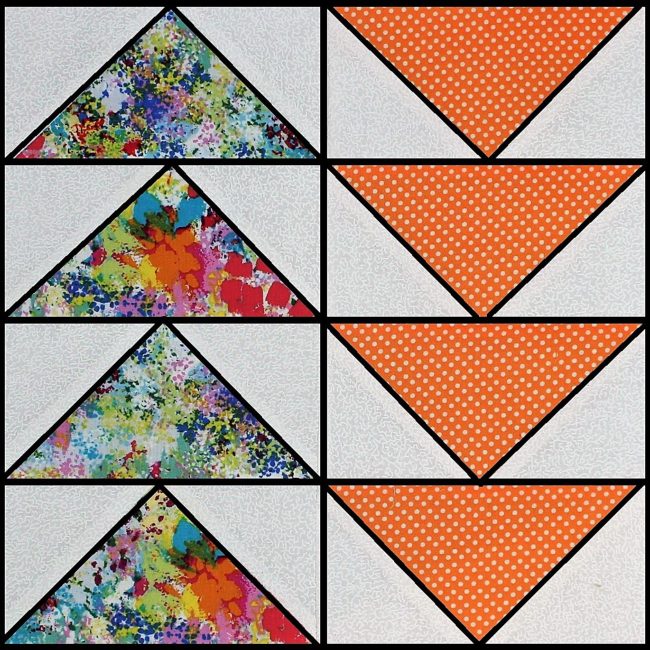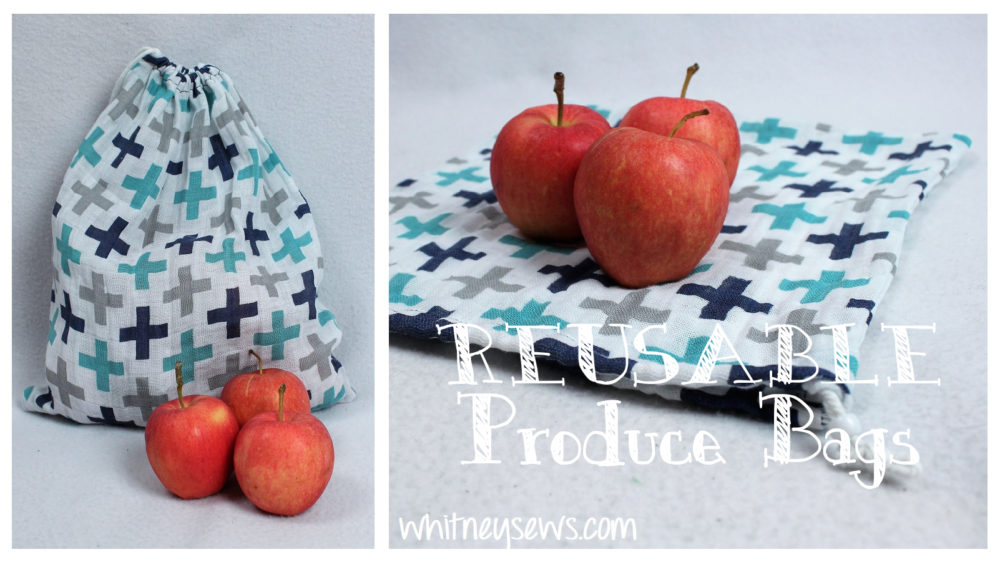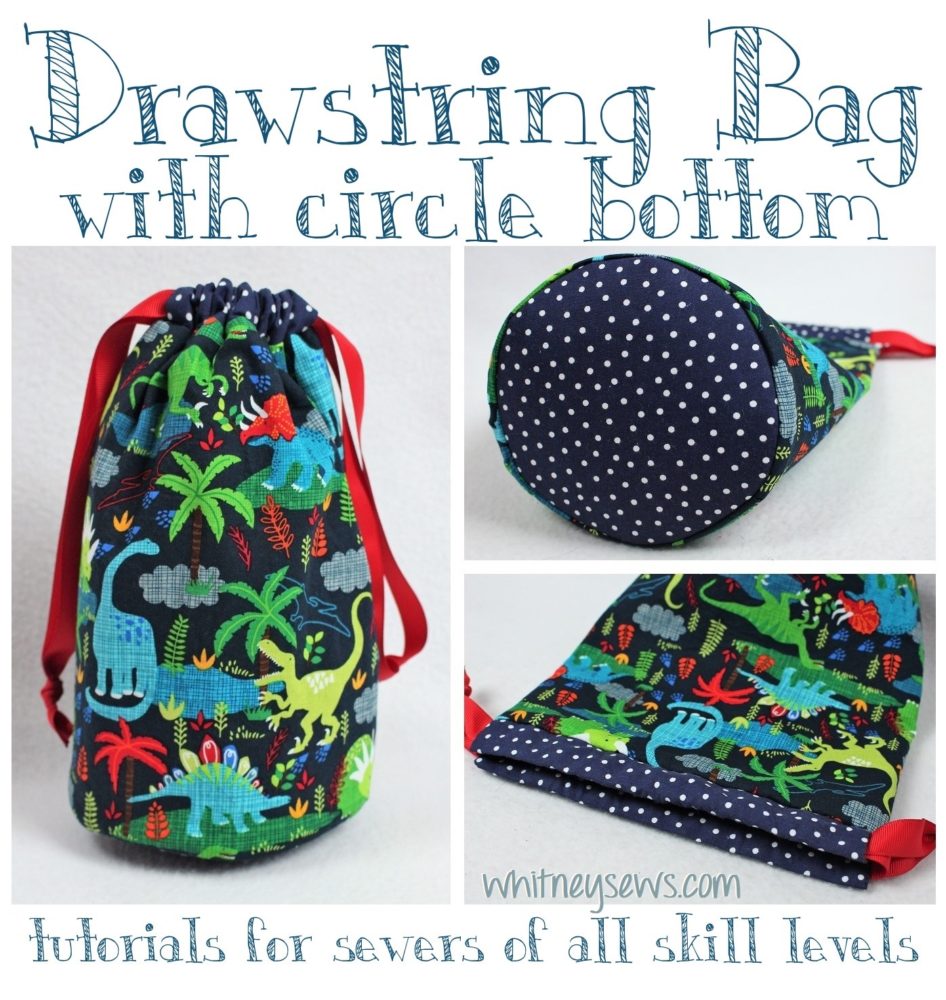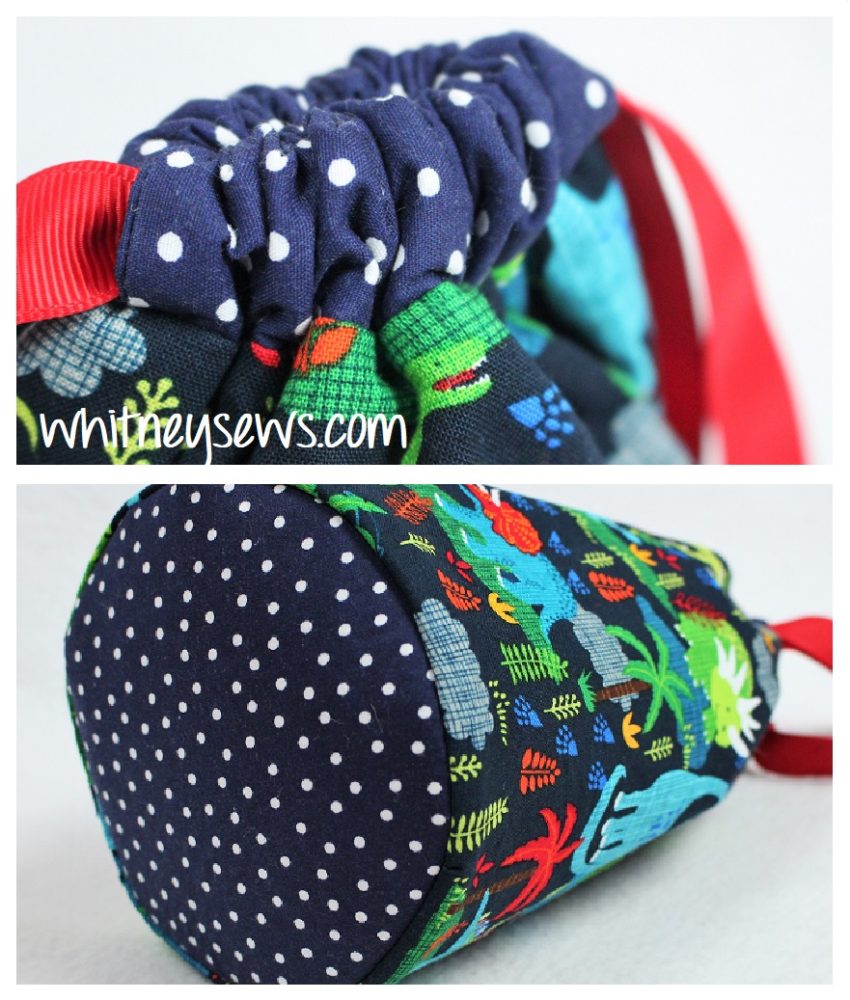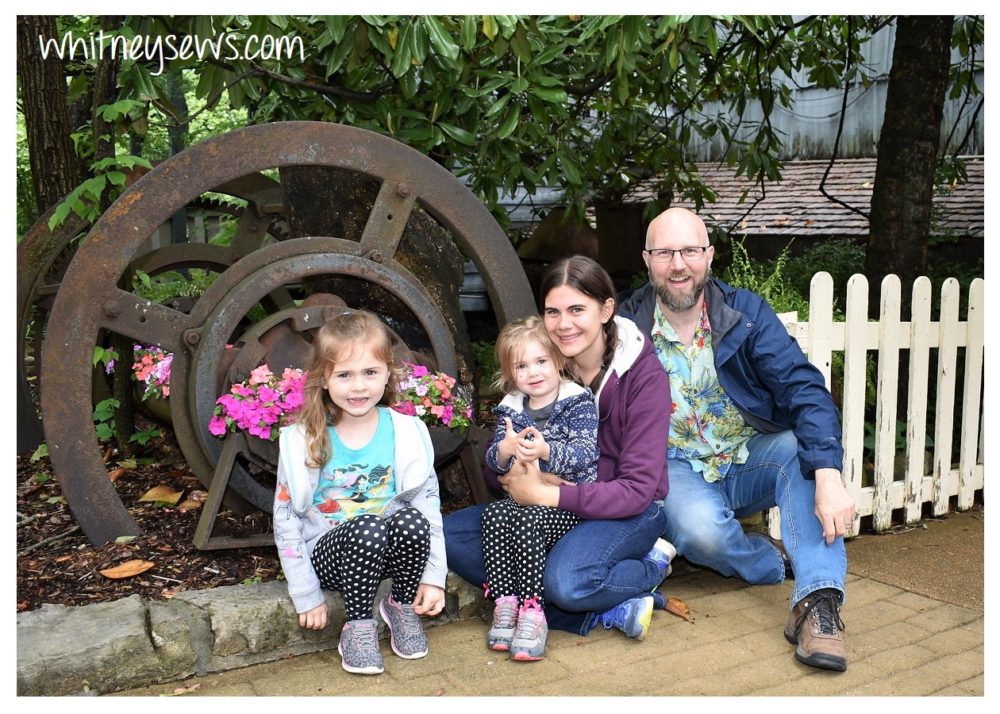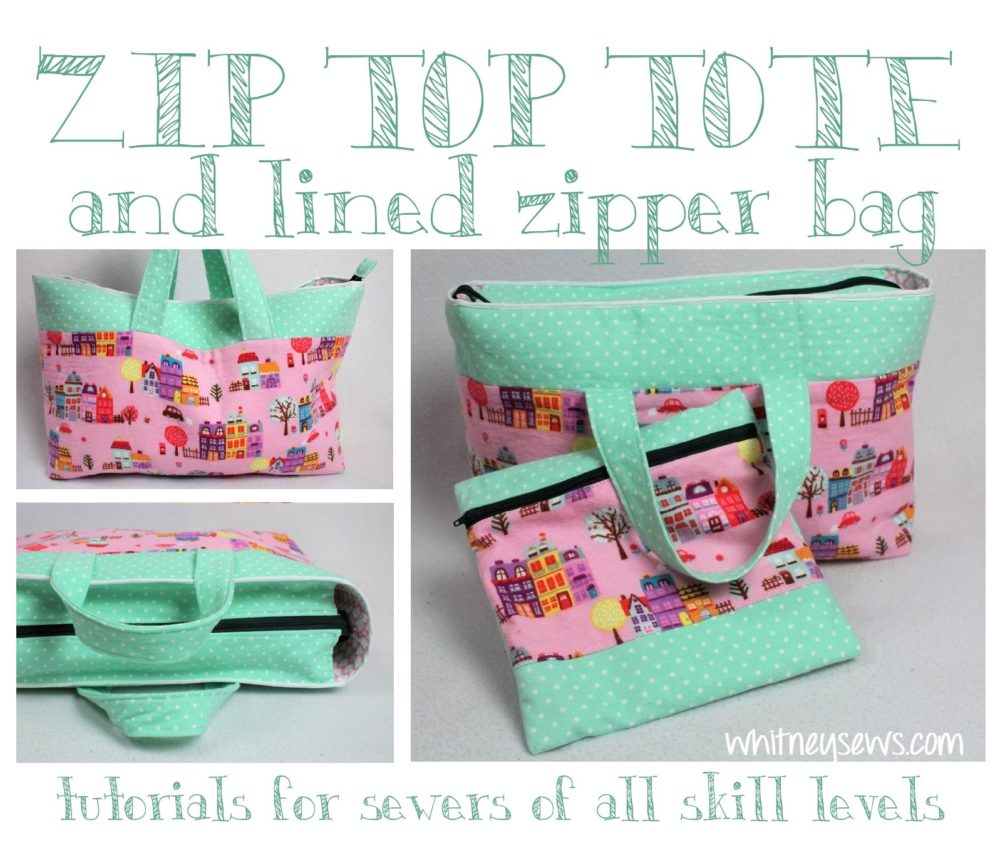
I’m so excited to share this week’s tutorial! I’ve mentioned several times recently I don’t get to sew nearly as much as I used to (because my kids stopped napping). So the majority of my projects are practical items we can actually use. Bonus points if it helps keep our house and toys in better order! This has meant making bags and bins in just about every shape and size imaginable. I recently picked up a set of tinker type toys for my daughter and they inspired this week and last week‘s bags. A zipper bag to hold all the plastic connectors and a tote bag with zipper for everything else.
The most frequently requested tutorials are for tote bags with zippers and I FINALLY made one that I hope you will love! As soon as I completed this tote I was coming up with several other versions I also want to make and share.
As you can imagine, a bag like this does require quite a lot of pieces in all different sizes. So I made a separate 6 page PDF with everything from the yardage requirements to cutting details and much more. You can pick up your copy over on my shop page or on Patreon if you are a second tier or higher Patron.
You will need 3 fabrics for your zippered tote. I actually used flannel for the outer and quilting cotton for the lining. I have an entire tub full of cute flannels that I never use. I’ve decided instead of waiting for “flannel type projects” I’m going to start using them for anything I want. I worked out great this time and I will definitely be using more of my flannel stash soon!
Is there a kind of fabric you have a lot of but rarely use??
Anyway, onto the reason you’re scrolled this far. Click HERE to watch the step-by-step sewing tutorial!
I would love to see pics of the bags (and other projects you make) so make sure to share them on the Whitney Sews Facebook page or on Instagram with #WhitneySews.
Until next time, Happy Sewing!
-Whitney-
